Watchmen is not a perfect comic, but it’s awful close. Taking inspiration from the clockwork mechanism of watches, the series had 12 issues to match the numbers on a clock face, featured multiple plot threads that moved in perfect synchronisation with each other, and explored the observer’s relationship with time using poignant storytelling and symbology. It’s no accident that when DC comics decided to bring the Watchmen characters into the regular DC universe, they did so in a 12-issue series called Doomsday Clock (D.C. – geddit?)
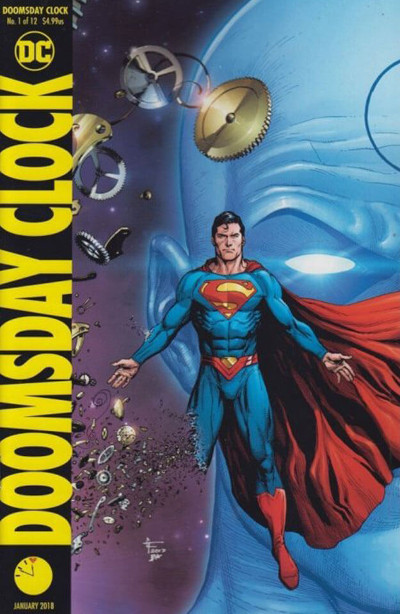
The end of Alan Moore and Dave Gibbons 1986 series saw the most powerful member of the Watchmen, Dr Manhattan, exile himself from his home dimension in the aftermath of a terrible tragedy. In Doomsday Clock, writer Geoff Johns, with his frequent artistic collaborator Gary Frank pick up this and posit that Dr Manhattan travelled to the DC Universe (home of Superman, Batman, the Justice League etc.) and started to tamper with continuity there. Indeed the advertising and branding of the comic made clear that a showdown between Manhattan and Superman would be the headline bout of this superpowered smackdown. Whether you enjoy it depends very much on the baggage that you bring with you.
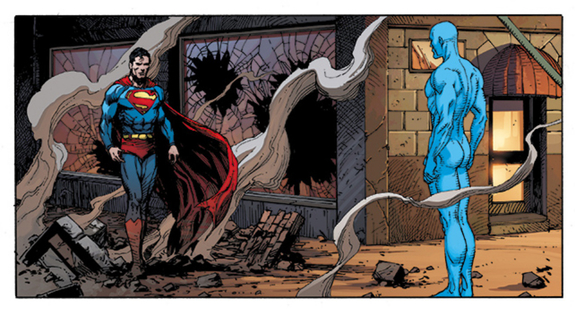
Fans of the original Watchmen series will be happy with the tone of the artwork and presentation of Doomsday Clock. Frank’s art pays homage to the classic 9 panel grid structure without being beholden to it. The gutters and frames of each page are littered with minor imperfections, no doubt inserted deliberately in tribute to the hand-drawn art techniques prevalent before computer assistance became commonplace in the ‘90s onwards. Although it’s not a massively action-packed story, when the violence comes it is visceral and realistic; the clashes between the heroes and villains have real effects, and the consequences of collateral damage are a main plot point. A nod is even given to the political themes too; whereas Watchmen featured Richard Nixon as the incumbent POTUS, in Doomsday Clock both Donald Trump and Vladimir Putin make critical cameos as the leaders of the respective global superpowers.
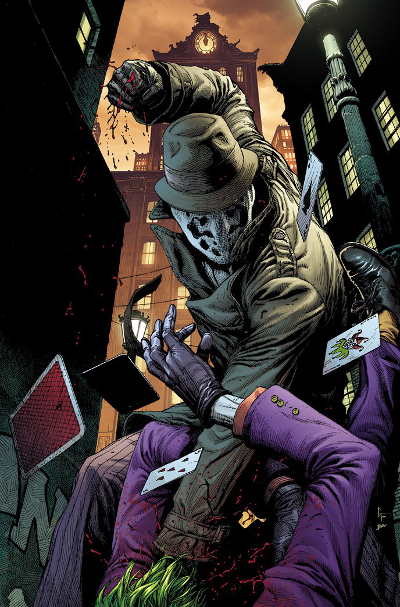
On the other hand, the plotting is not nearly as meticulous or ornate as the original, having a much more traditional three act structure in line with more recent ‘event’ comics. There’s a much bigger cast at play here, and the plot does miss the anchor of a strong central protagonist that Rorschach provided in Watchmen. One of the main strengths of the original series, and the reason it is so accessible and new-reader friendly is that it was entirely self-contained; no prior knowledge of comics history is required to understand the plot. Doomsday Clock on the other hand is steeped in DC continuity, particularly in the latter half. What starts in the first chapter almost as a direct continuation of Watchmen, evolves by the last chapter into a much broader celebration of DC history, and Superman’s in particular.
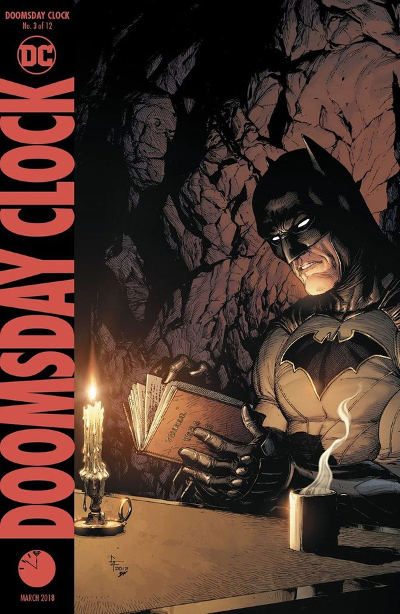
Back in ’86, Watchmen, along with equally mature series such as Batman: Year One, The Dark Knight Returns and Daredevil: Born Again were so influential that they have since been recognised as the beginning of a new age of comic books, known interchangeably as either the Dark Age or the Modern Age. A key tenet of this era was to dismiss the comics of the Golden, Silver and Bronze ages which preceded it as juvenile or inconsequential. With this follow-up, Geoff Johns is attempting to bookend the Dark Age; to close the loop and to return a sense of optimism and unity to comics. It’s a lofty ambition, and although Johns and Frank’s series will probably never have the legacy of Moore and Gibbons’ original, I’d say it’s well worth your time to see them try.
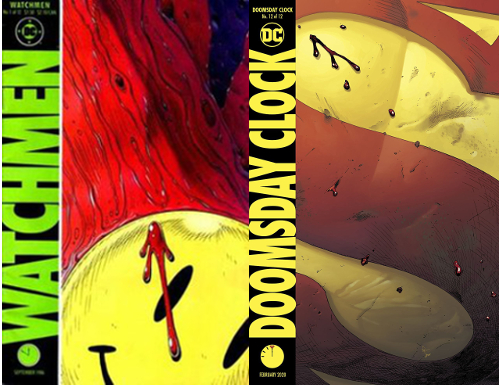
If you are looking for some recommended reading before getting stuck into Doomsday Clock, I wouldn’t necessarily go for Watchmen, as this later series may suffer in comparison. However, you could do worse than searching out the Dr Manhattan Before Watchmen miniseries by JM Straczynski and Adam Hughes, which provides a useful summary of Manhattan’s history, power-set and unique frame of reference on the universe. The Rebirth one-shot and Button mini-series are not necessarily required, but do foreshadow the return of some classic Golden Age heroes, and give a good amount of entertainment in and of themselves.


Pingback: DC Earth One – This Week Gordon Has Mostly Been Reading…